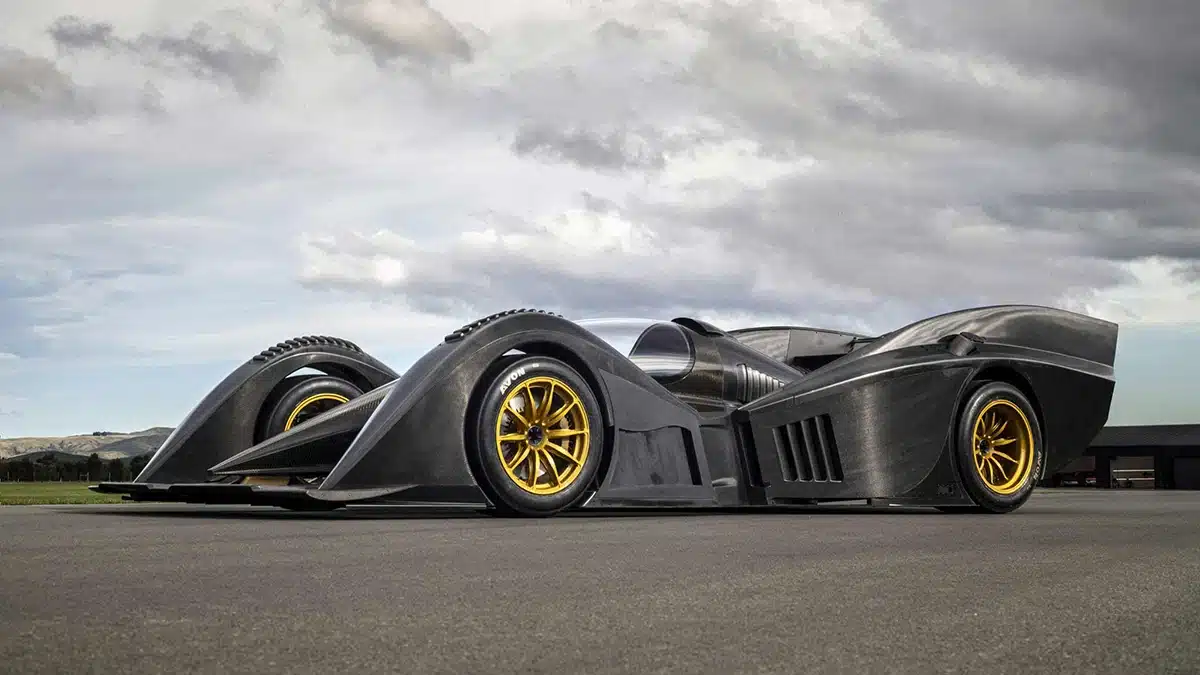When coming up with the definitive list of iconic German cars it is easy to be spoilt for choice, after all the majority of the world’s top car makers hail from there! So what makes the list? What cars have stood the test of time?
The Volkswagen Beetle
The VW Beetle (officially the Type 1) first hit the road in 1938 as a two-door, rear-engine car that was designed to be affordable. The break out of World War Two delayed production of the car significantly, but once the conflict ended it became a top seller around the world.

Its unique ‘bug’ look inspired many other cars and the Beetle even had its on-screen Hollywood alter-ego in the form of Herbie – the Love Bug.
Production of the Beetle eventually overtook Henry Ford’s Model-T when the 15,007,034th was built in 1972. Later on, production transferred from Germany to Mexico but by 2003 more than 21.5 million Beetles had rolled of the production line.
One of the unique attractions of the Type 1 was that it remained relatively unchanged until the late 90s, when VW modernised the design with the launch of the New Beetle – something that was met with some concern from traditional dub fans.
Over the years, prices have remained high for the Beetle, especially for the rear split-screen early versions, with many car fans cherishing the fun drive the little car offers.
VW are continuing to develop the Beetle range and recently announced the Dune, which is inspired by the original beetle buggies.
Porsche 911
Porsche unveiled the 911 at the 1973 Frankfurt Motor Show. It was the company’s first turbocharged road car and was inspired by Porsche’s success in America’s Can-Am racing.
The first Turbo generation of the car had a 3.0-litre engine capable of producing 276 bhp and has only undergone five redesigns during that time.
All of the current 911s are built at Porsche’s factory in Stuttgart and the car remains the German automaker’s top seller.
Of course, the car is still evolving and Porsche recently confirmed it is working on an electric hybrid version of the 911 due to ever increasing demand for cars that offer good fuel economy and lower emissions.
Golf GTI
Volkswagen get another mention as they are responsible for the iconic Golf GTI, which made its debut at the Frankfurt Motor Show in 1975. VW had decided it was time for a no-nonsense, sporty version of its recently launched Golf.
The first GTI came with a 1588c four-cylinder engine and also featured the forward-thinking K-Jetronic mechanical fuel injection system. Its lightweight build meant it could do 0 to 60 seconds in around nine seconds – which was pretty impressive at the time.
One of the top selling points of the car was that it offered a great sporty ride, but it was still a practical choice for the commute to work.
By the time VW launched the MKII it was on its way to becoming a classic. VW added a few more options to the line-up including 1.8 litre and 2.0 litre 16-valve engines. There was also a special limited edition that featured the supercharged G60 motor from Volkswagen’s Corrado.
However, the Golf GTI did start to face some competition from many other cars, especially as Japanese manufacturers started to get in on the hot hatchback action. The launch of the MKIII saw an overall more refined look, although the 2.8L VR6 engine definitely pleased Golf fans!
Now on its seventh generation, there is little doubt that the Golf GTI has played a key role in the development of the affordable performance car market.
BMW’s M series
BMW initially created its M series to reflect its racing development programme throughout the 1960s and 1970s. However, over the years the M badge has come to represent more than just motorsport history.
The very first BMW M was offered to the public in 1978 and was seen as a car with a basic trim, but strong performance. However, in 1979 BMW released the M535i, which sought to combine high performance with everyday comfort.
All of the M models offered by BMW are tested at the Nurburgring track in Germany and they have attracted a strong following, with a reputation for reliability and prestige.
Of course, we haven’t mentioned the Audi Quattro or the Mercedes-Benz 300SL and picking just one Porsche was difficult…..although we can probably all agree the Trabant was never in the running.
For more articles like this, receive our weekly e-newsletter, including partner deals and all things motoring, register your email below.
Please note: You cannot subscribe to Smart-Motoring unless you put a tick in the checkbox below to indicate have read and agreed to our privacy policy.



















Leave a Reply
You must be logged in to post a comment.